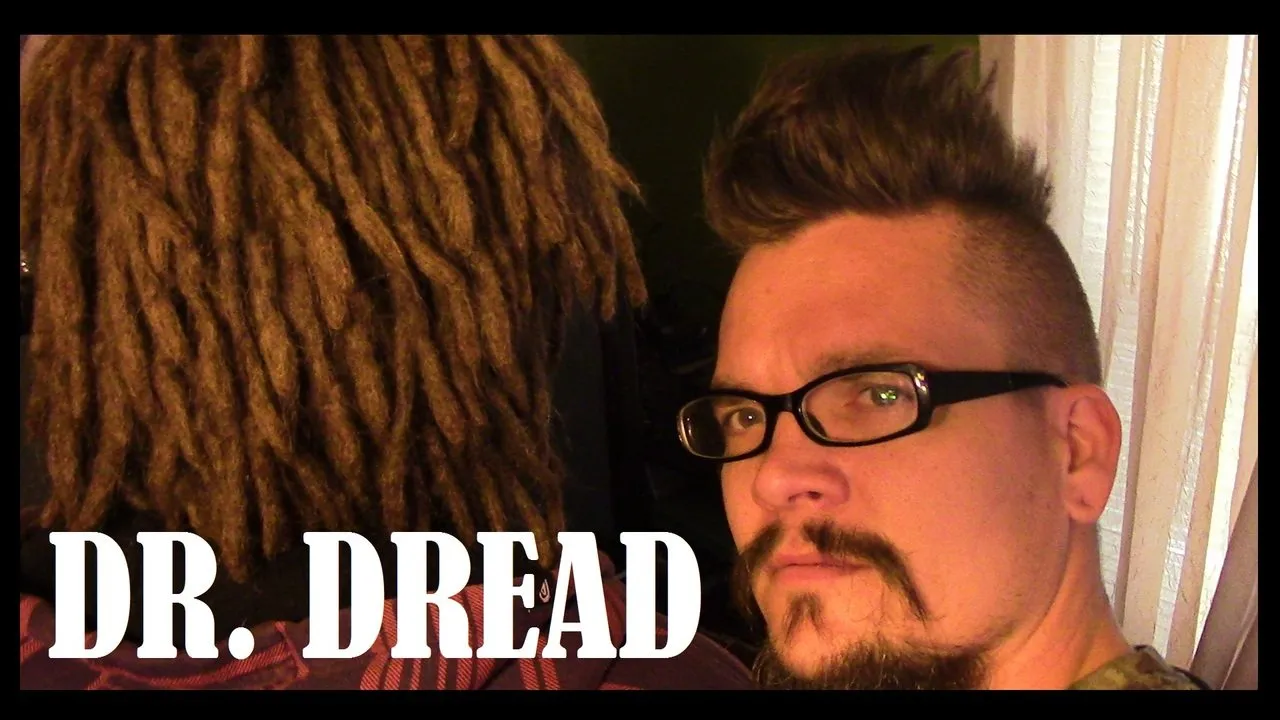
Among my other nicknames is "DR. DREAD" which I've had for many years now. Back in 1999, when I graduated, I got my first set of dreads. They lasted about a year, then I shaved my head and started the next set. That set lasted until 2004 when I lived in New Orleans, and then I started some new ones in 2005, which I finally cut off in 2011.
Of course I just dreaded my hair again and then wound up cutting it again near the end of 2012. And then grew may last set, which looked similar to the ones in the cover photo. That pile was made up of 234 individual dreadlocks which I finally chopped off about a year ago.

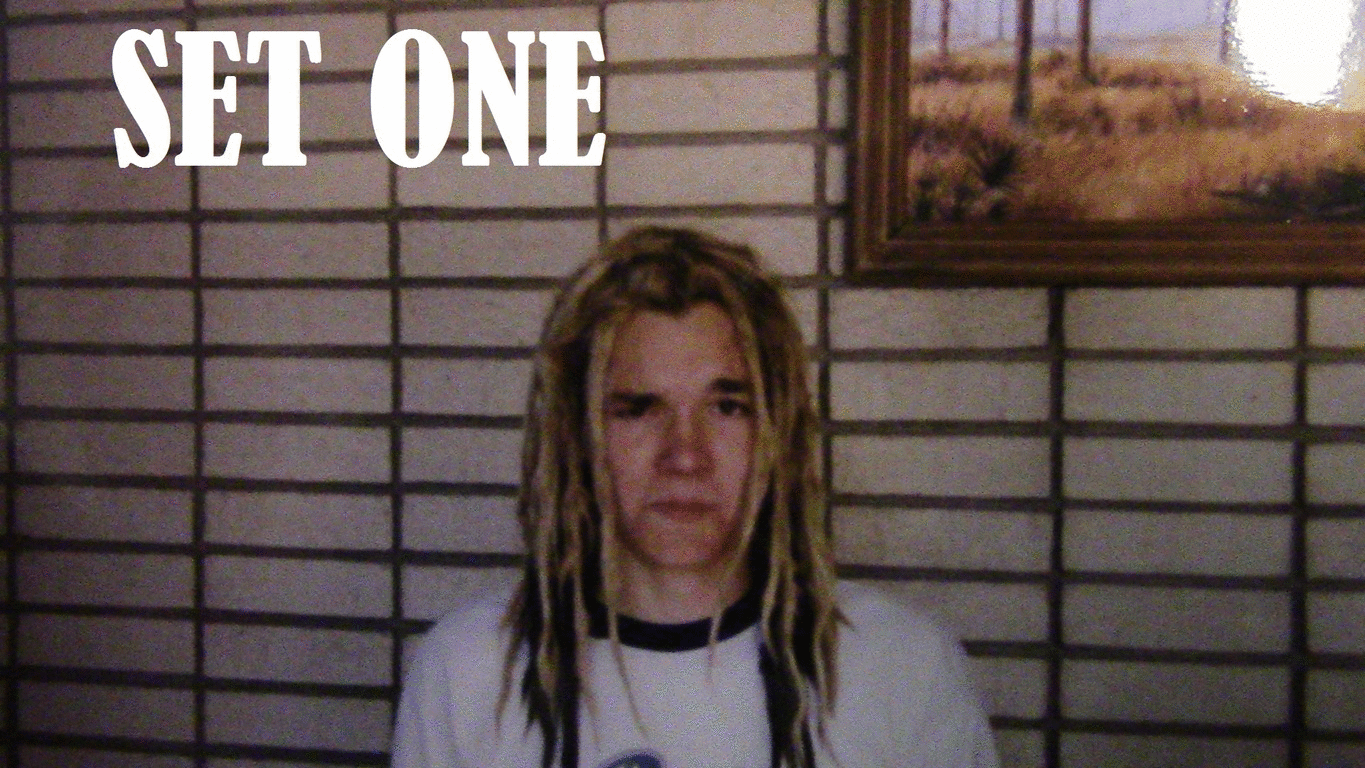

Being a man with lighter skin and straight hair, my dreads required some effort, but that effort always paid off. Since I've rocked dreads on an off (mostly on) for almost the past two decades, a lot of friends have had me dread their hair at one point or another. However, dreads can require maintenance, which is where DR. DREAD comes in.
Time and time again I am hunted down and located to do some dread checkups, and put things back in order. Today was one of those days.
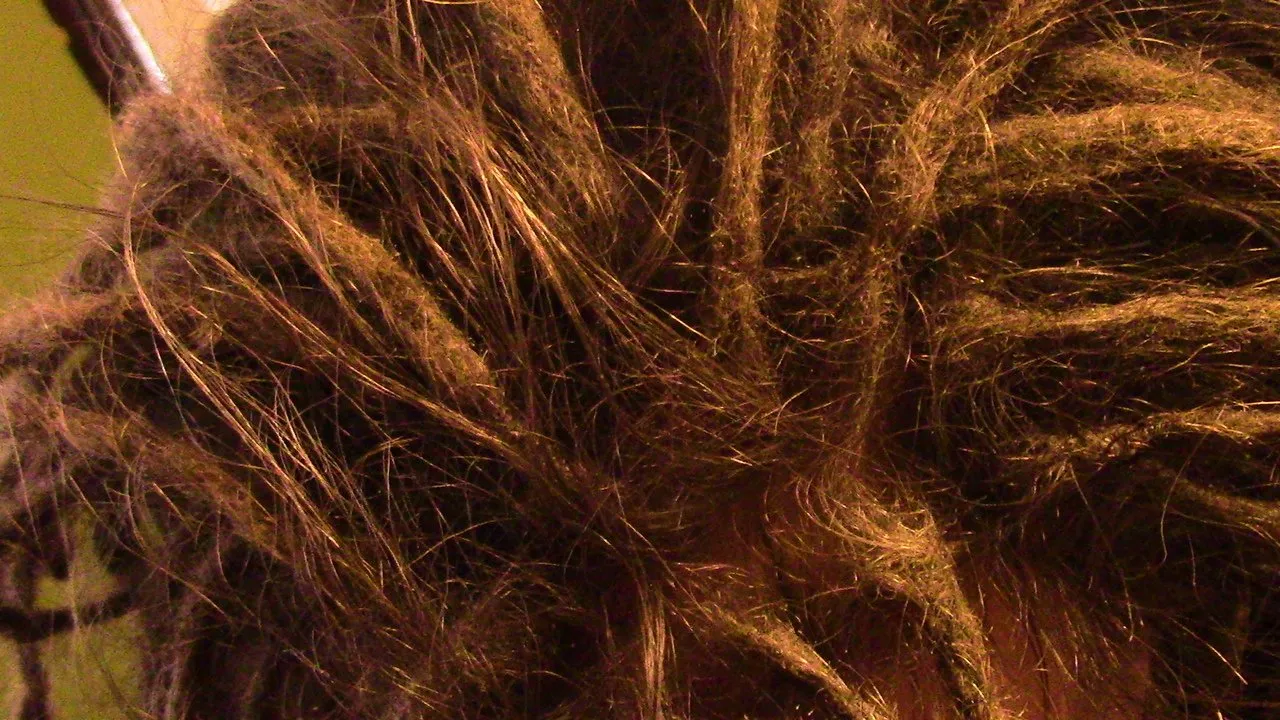
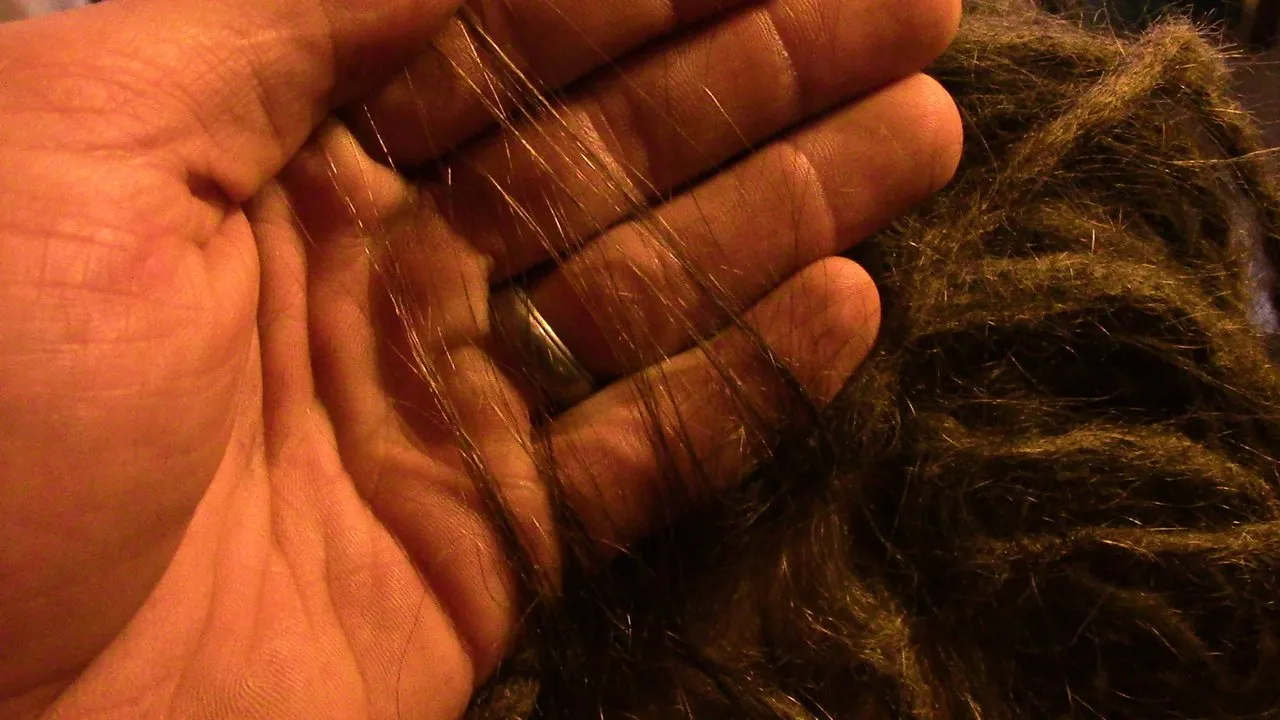
As dreads grow, hair that was previously broken off regrows from the roots. Unfortunately, this hair doesn't always wind up in the dread, so a lot of fine, wispy hairs can be floating around on a head of dreads. Many options for how to deal with this exists, but I created my own way of dealing with this issue years ago, and it is still my preferred method of solving this problem.

Here are a few videos of some of what DR. DREAD does.


Sorting through a pile this big can be a tedious task, as each individual dreadlock must be dealt one at a time. I use some sort of rubber-band or hair-tie to separate the finished dreads from the rest, as I try to sort through the pile.
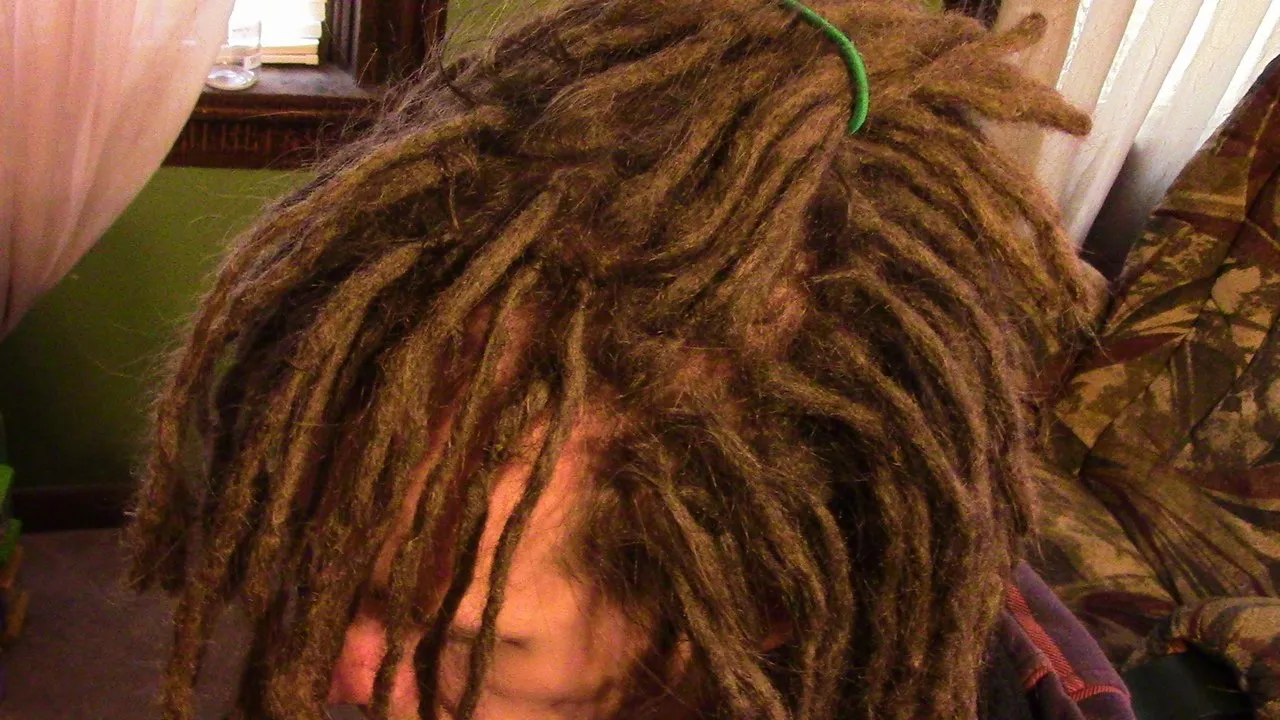
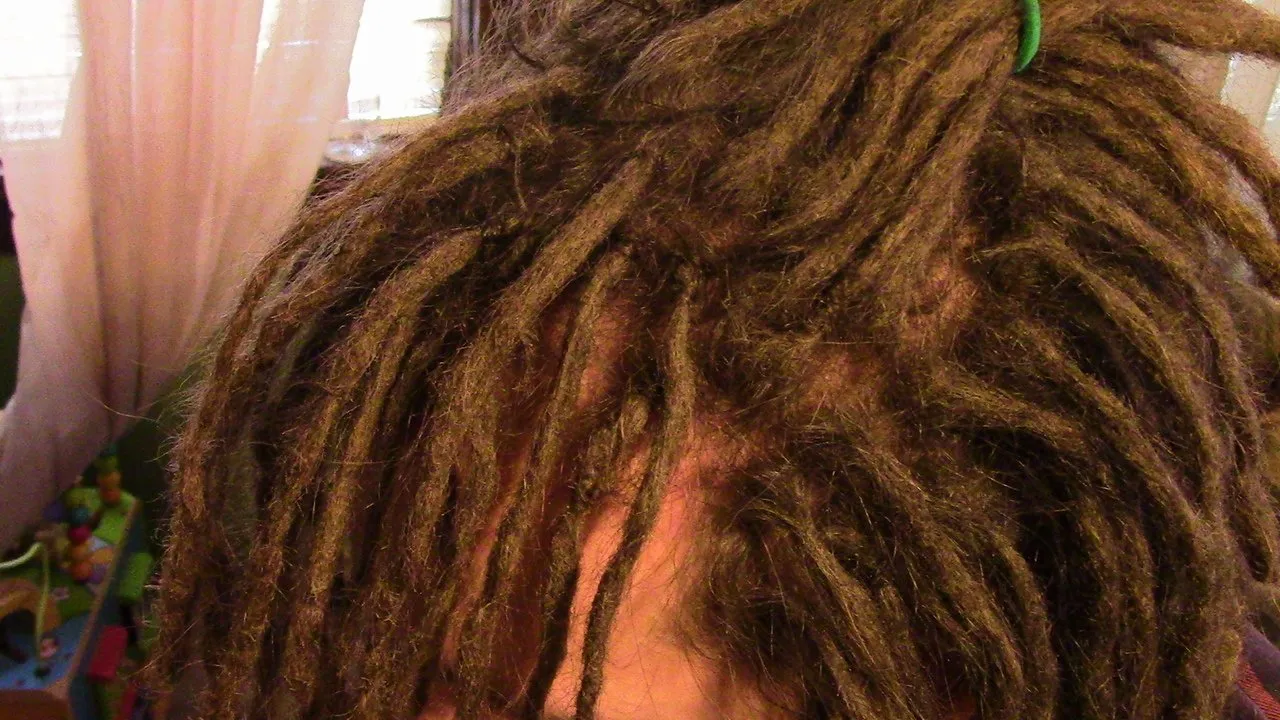
I will look at the size of each dread and the area of the scalp that it is growing on. Then I will evaluate the loose hairs.

The loose hairs will be assigned to certain dreads, and I will roll these strays hairs together and tie the far end into a knot. I then use the knotted loop like a rubber-band to secure all the hair back together at the base of the dread.
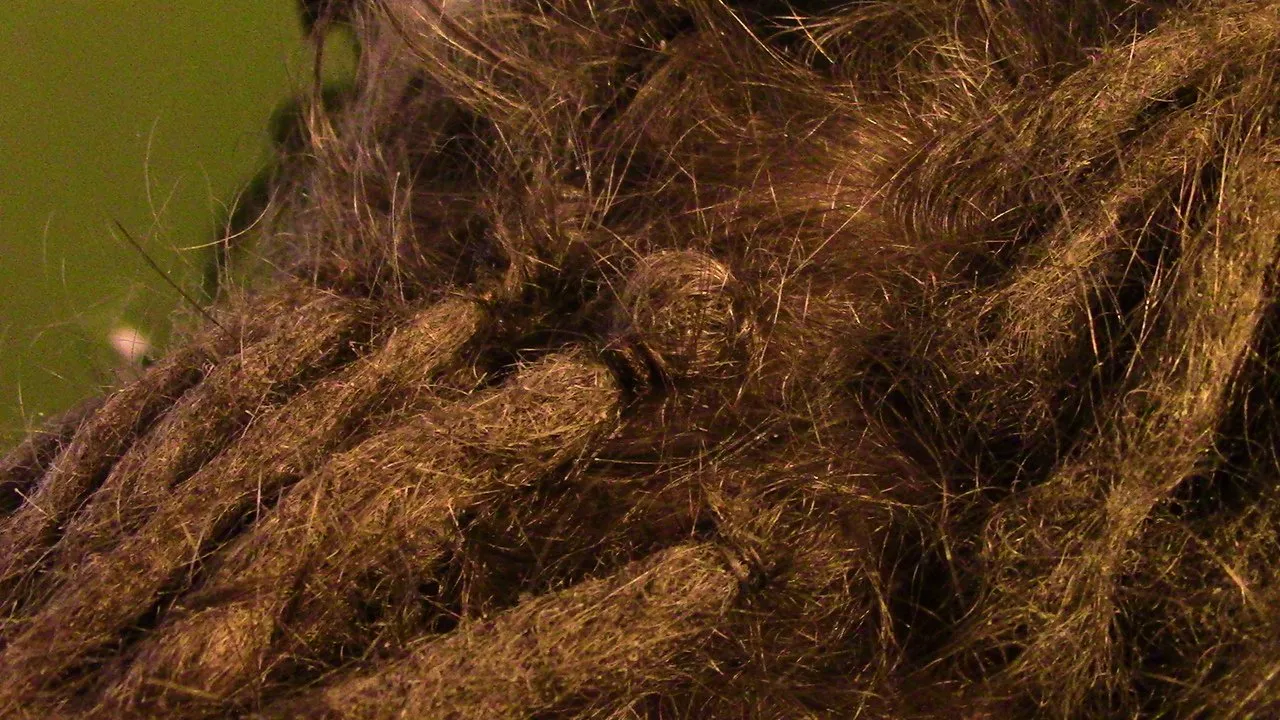

As you can see from the amount of scalp shown in the photos below, the dreads are very tight when I first complete this process. They quickly loosen up and grow out, but this process helps them maintain a nice clean, smooth look, rather than appearing fuzzy or frizzy.
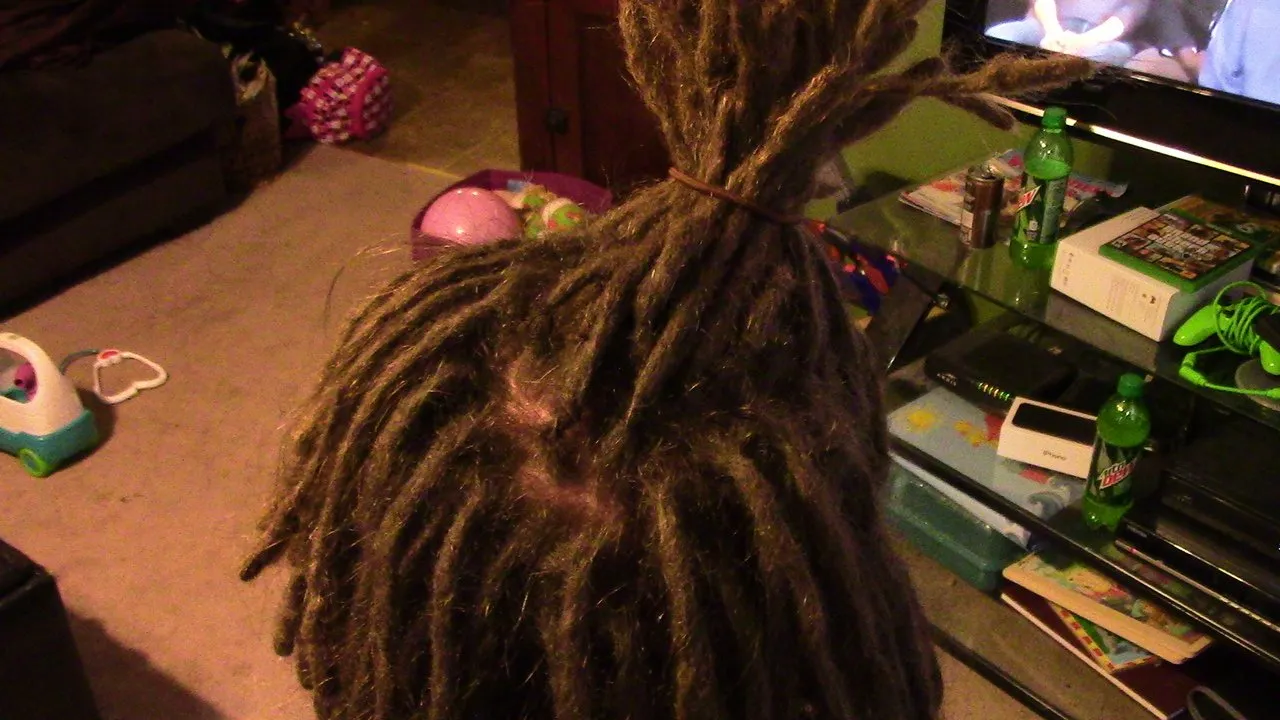


This set here is on one of my friends heads, and they were started almost two years ago. Obviously, he has done an excellent job taking care of them, and he's really got a great set going on. If you look closely, you probably can't even tell where DR. DREAD has been before.
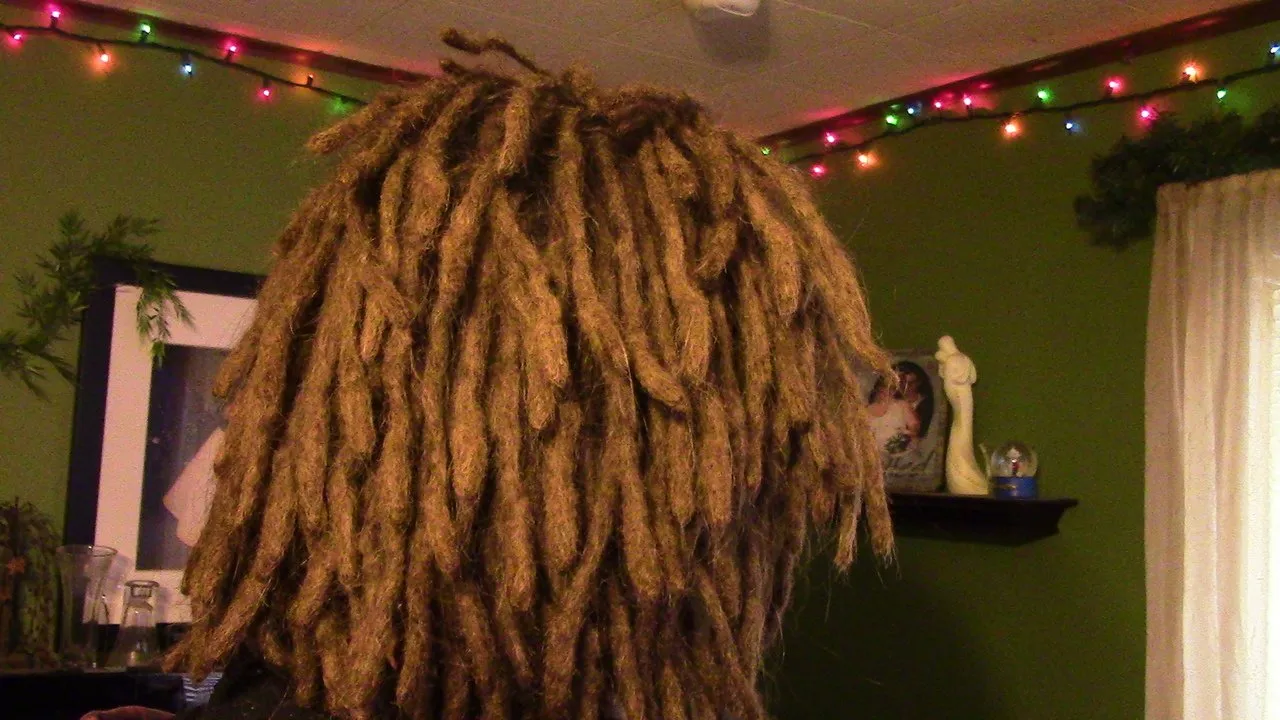
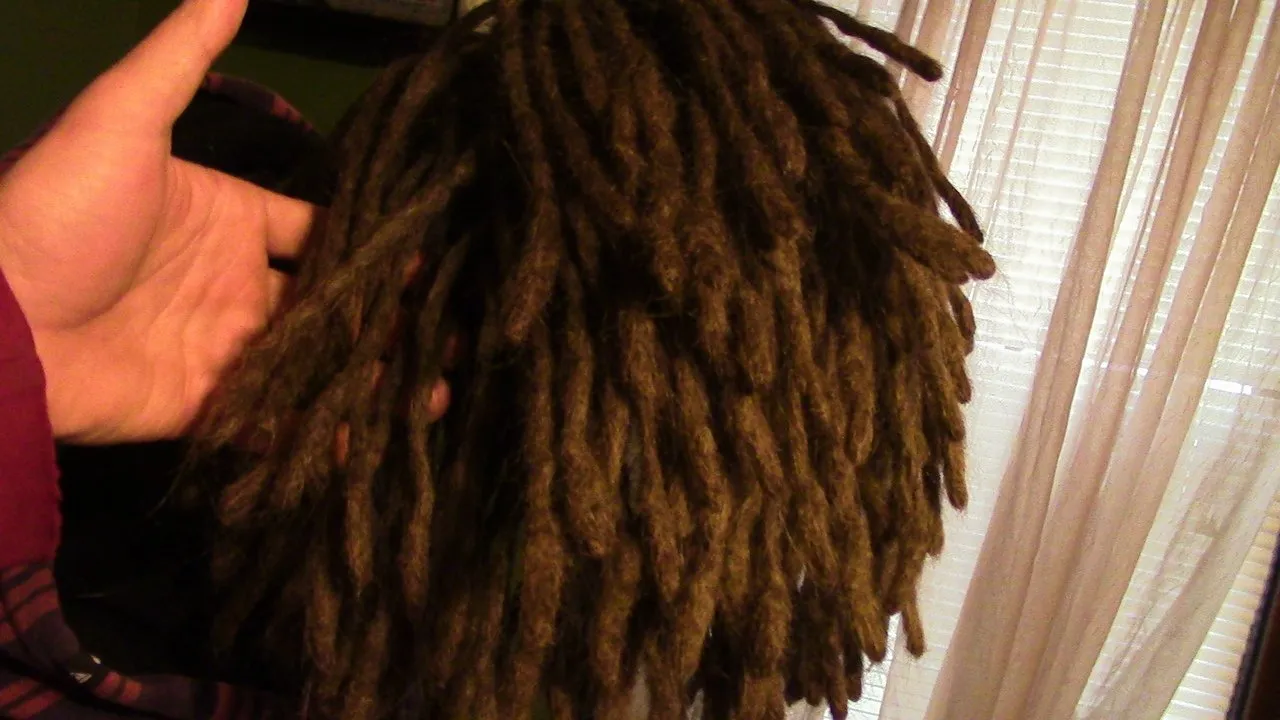
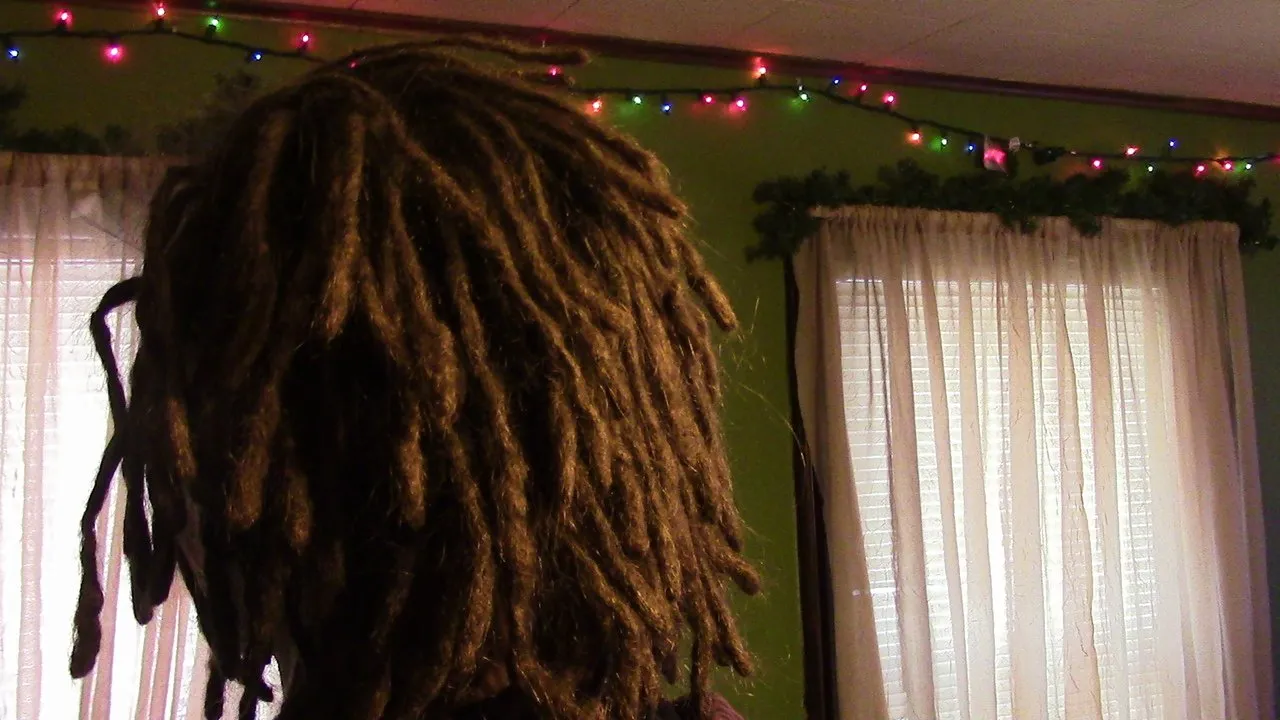
I missed connecting with this friend when I was up a few months ago, so he was very pleased that he got an appointment with DR. DREAD this time. That was one of the benefits of having my dreads on my own head and doing it myself, I could always work on them when I needed to.
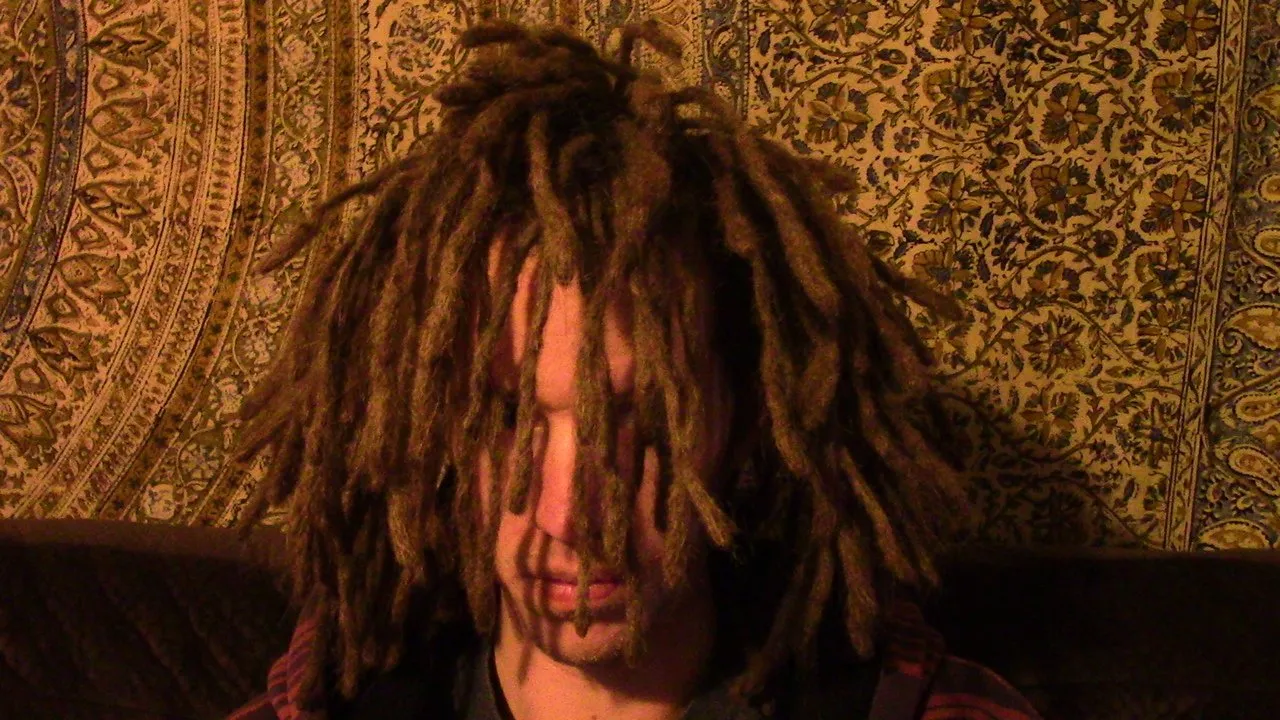

As always, I'm @papa-pepper and here's the proof:
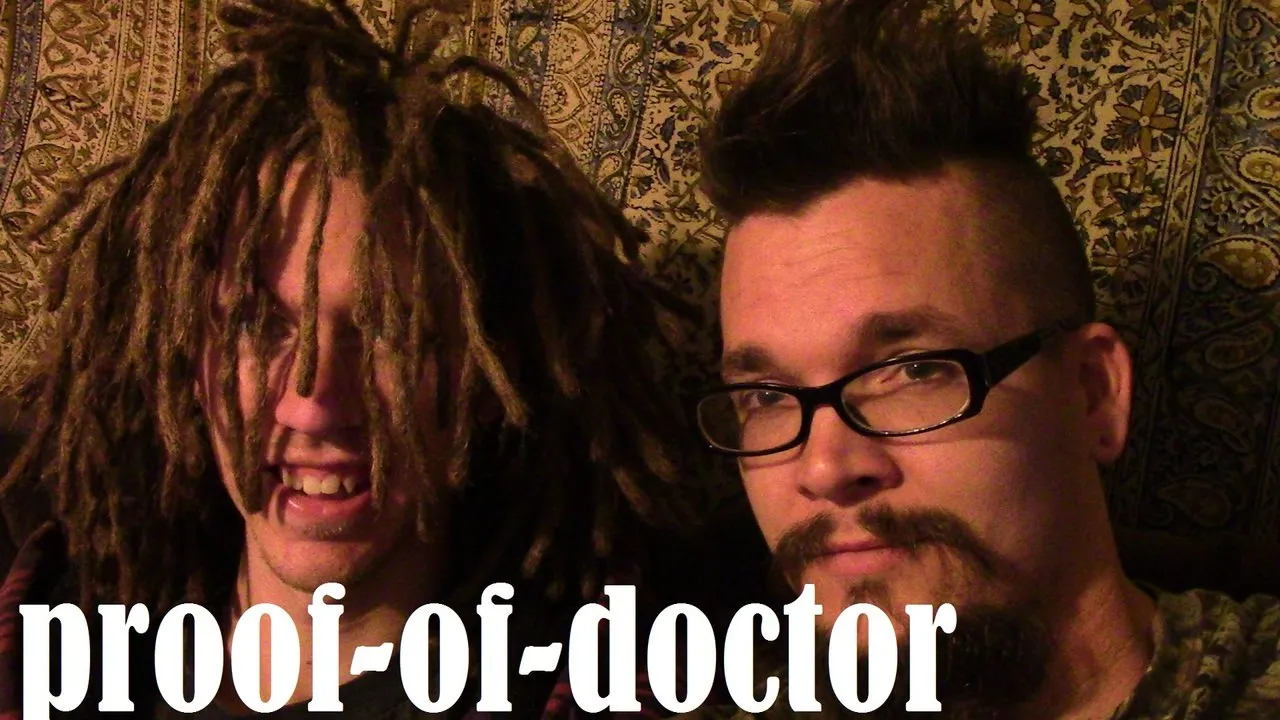
proof-of-doctor


FOLLOW



